|
Week 11: Civil Rights/Vietnam
Welcome to HST 202 Week Eleven! This is the eleventh learning module looking at the Civil Rights Movement and the Vietnam War in the United States.
HIGHLIGHTS
READING
Carnes Chapter 29: From Camelot to Watergate: 1961-1975 My classes utilize both Howard Zinn's Patriot's History of the United States and Larry Schweikart's Patriot's History of the United States, mostly in excerpts posted to the modules. You can access the full text of People's History or Patriot's History by clicking on the links. 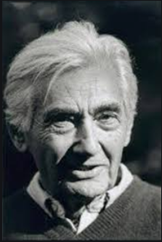
Zinn, Chapter 18: “The Impossible Victory: Vietnam”
From 1964 to 1972, the wealthiest and most powerful nation in the history of the world made a maximum military effort, with everything short of atomic bombs, to defeat a nationalist revolutionary movement in a tiny, peasant country-and failed. When the United States fought in Vietnam, it was organized modern technology versus organized human beings, and the human beings won. In the course of that war, there developed in the United States the greatest antiwar movement the nation had ever experienced, a movement that played a critical part in bringing the war to an end… …In early August 1964, President Johnson used a murky set of events in the Gulf of Tonkin, off the coast of North Vietnam, to launch full-scale war on Vietnam. Johnson and Secretary of Defense Robert McNamara told the American public there was an attack by North Vietnamese torpedo boats on American destroyers. "While on routine patrol in international waters," McNamara said, "the U.S. destroyer Maddox underwent an unprovoked attack." It later turned out that the Gulf of Tonkin episode was a fake, that the highest American officials had lied to the public-just as they had in the invasion of Cuba under Kennedy. In fact, the CIA had engaged in a secret operation attacking North Vietnamese coastal installations-so if there had been an attack it would not have been "unprovoked." It was not a "routine patrol," because the Maddox was on a special electronic spying mission. And it was not in international waters but in Vietnamese territorial waters. It turned out that no torpedoes were fired at the Maddox, as McNamara said. Another reported attack on another destroyer, two nights later, which Johnson called "open aggression on the high seas," seems also to have been an invention… …Immediately after the Tonkin affair, American warplanes began bombarding North Vietnam. During 1965, over 200,000 American soldiers were sent to South Vietnam, and in 1966, 200,000 more. By early 1968, there were more than 500,000 American troops there, and the U.S. Air Force was dropping bombs at a rate unequaled in history. Tiny glimmerings of the massive human suffering under this bombardment came to the outside world. On June 5, 1965, the New York Times carried a dispatch from Saigon: As the Communists withdrew from Quangngai last Monday, United States jet bombers pounded the hills into which they were headed. Many Vietnamese-one estimate is as high as 500-were killed by the strikes. The American contention is that they were Vietcong soldiers. But three out of four patients seeking treatment in a Vietnamese hospital afterward for burns from napalm, or jellied gasoline, were village women… ...By the end of the Vietnam war, 7 million tons of bombs had been dropped on Vietnam, more than twice the total bombs dropped on Europe and Asia in World War II-almost one 500-pound bomb for every human being in Vietnam. It was estimated that there were 20 million bomb craters in the country. In addition, poisonous sprays were dropped by planes to destroy trees and any kind of growth-an area the size of the state of Massachusetts was covered with such poison. Vietnamese mothers reported birth defects in their children. Yale biologists, using the same poison (2,4,5,T) on mice, reported defective mice born and said they had no reason to believe the effect on humans was different. On March 16, 1968, a company of American soldiers went into the hamlet of My Lai 4, in Quang Ngai province. They rounded up the inhabitants, including old people and women with infants in their arms. These people were ordered into a ditch, where they were methodically shot to death by American soldiers. The testimony of James Dursi, a rifleman, at the later trial of Lieutenant William Calley, was reported in the New York Times: Lieutenant Calley and a weeping rifleman named Paul D. Meadlo-the same soldier who had fed candy to the children before shooting them- pushed the prisoners into the ditch.... "There was an order to shoot by Lieutenant Calley, I can't remember the exact words-it was something like 'Start firing.' "Meadlo turned to me and said: 'Shoot, why don't you shoot?' "I was crying. "I said, 'I can't. I won't.' "Then Lieutenant Calley and Meadlo pointed their rifles into the ditch and fired. "People were diving on top of each other; mothers were trying to protect their children…" …That was in May of 1973. The American troops were leaving Vietnam. C. L. Sulzberger, the New York Times correspondent (a man close to the government), wrote: "The U.S. emerges as the big loser and history books must admit this. . . . We lost the war in the Mississippi valley, not the Mekong valley. Successive American governments were never able to muster the necessary mass support at home." In fact, the United States had lost the war in both the Mekong Valley and the Mississippi Valley. It was the first clear defeat to the global American empire formed after World War II. It was administered by revolutionary peasants abroad, and by an astonishing movement of protest at home. Back on September 26, 1969, President Richard Nixon, noting the growing antiwar activity all over the country, announced that "under no circumstance will I be affected whatever by it." But nine years later, in his Memoirs, he admitted that the antiwar movement caused him to drop plans for an intensification of the war: "Although publicly I continued to ignore the raging antiwar controversy.... I knew, however, that after all the protests and the Moratorium, American public opinion would be seriously divided by any military escalation of the war." It was a rare presidential admission of the power of public protest. From a long-range viewpoint, something perhaps even more important had happened. The rebellion at home was spreading beyond the issue of war in Vietnam.
ASSIGNMENTS
Forum Discussion #12
The mortal shooting of John F. Kennedy, the 35th president of the United States, as he rode in a motorcade in Dallas, Texas, occurred on November 22, 1963. His accused killer was Lee Harvey Oswald, a former U.S. Marine who had embraced Marxism and defected for a time to the Soviet Union. Oswald never stood trial for murder, because, while being transferred after having been taken into custody, he was shot and killed by Jack Ruby, a distraught Dallas nightclub owner. For decades, conspiracy theorists have fought in vain to undermine this historical account.
If you can stomach it, watch the original Zapruder film from this tragic event (Note: NSFW; if you are squeamish you may opt out of viewing) and answer the following: Review the information in front of you and play the part of detective. Who assassinated JFK? If you do not subscribe to the “lone gunman” theory, you must back up your post with CREDIBLE sources. Need help? Remember the Discussion Board Rubric.
1 Comment
3/25/2021 08:31:01 am
Painting is easy when you don't know how, but very difficult when you do.
Reply
Leave a Reply. |
AuthorRyan Lancaster wears many hats. Dive into his website to learn about history, sports, and more! Archives
July 2024
Categories |

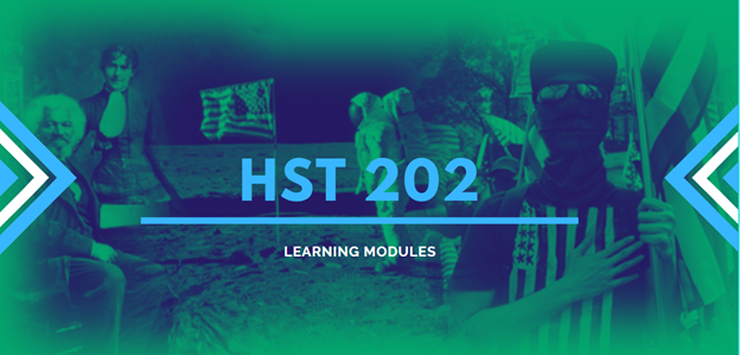
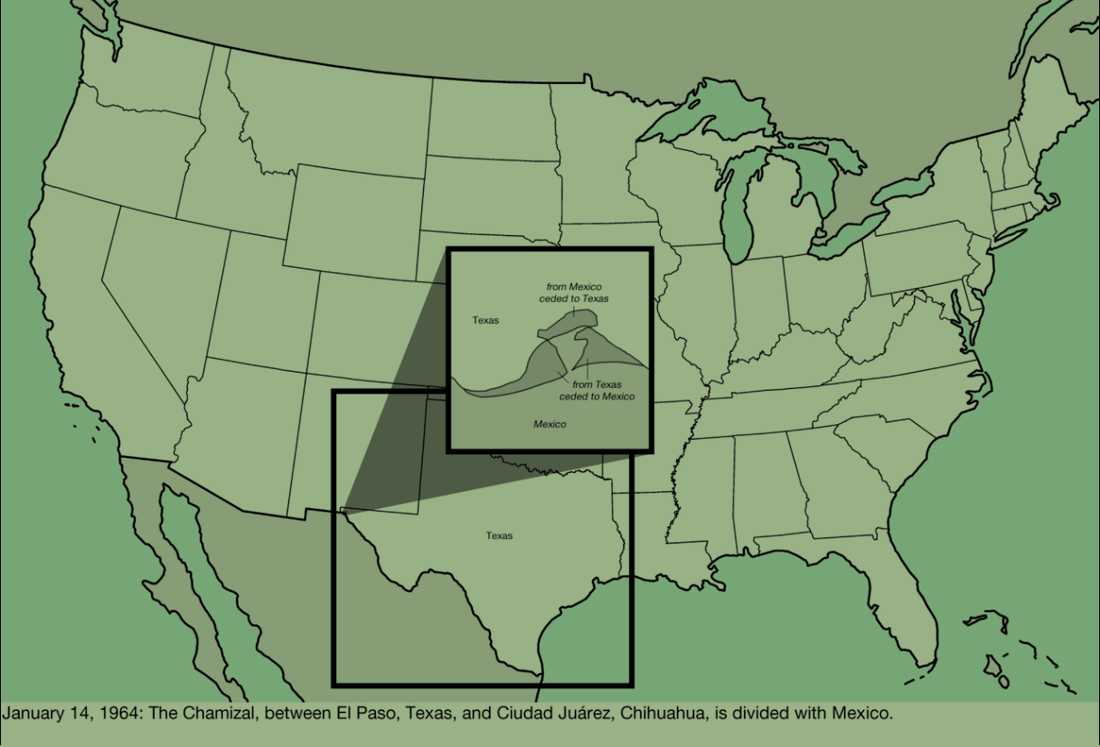
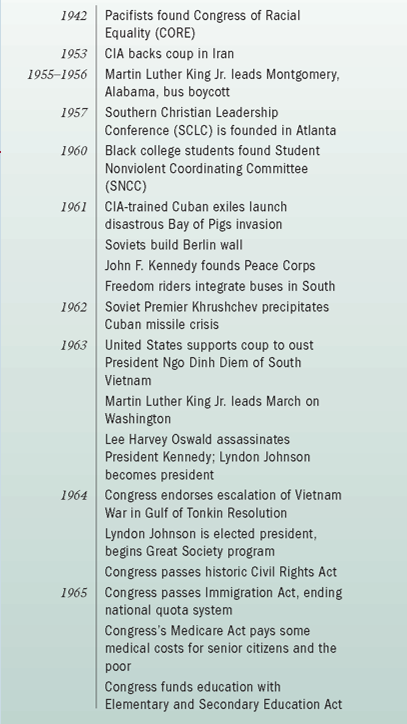
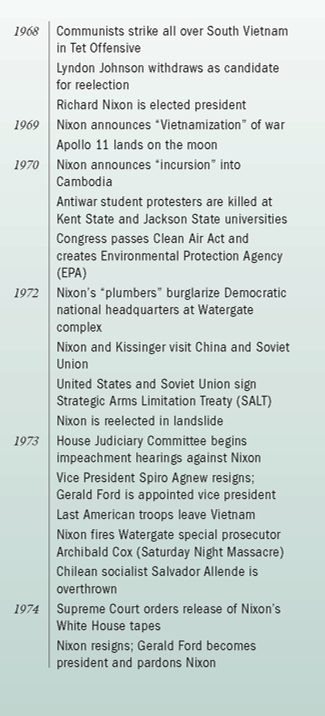
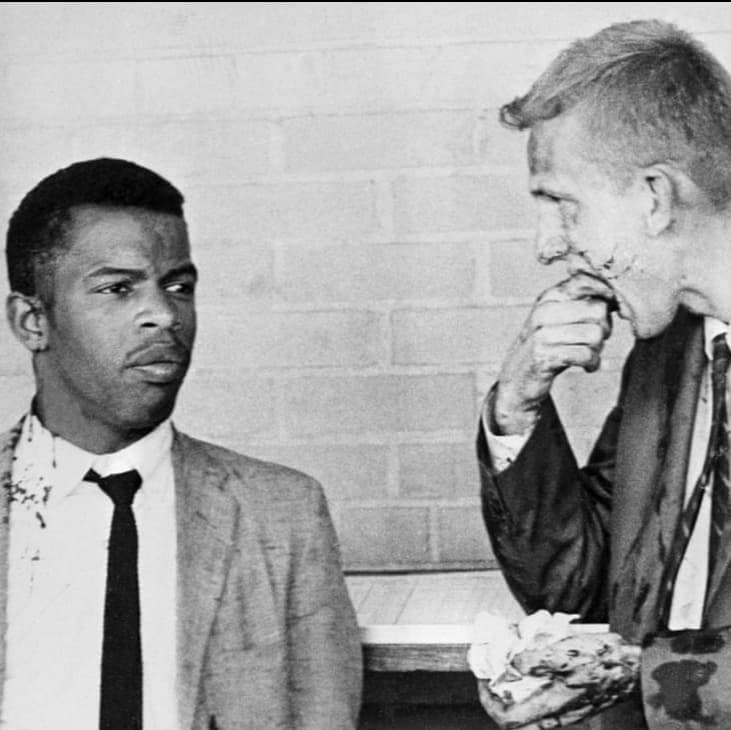
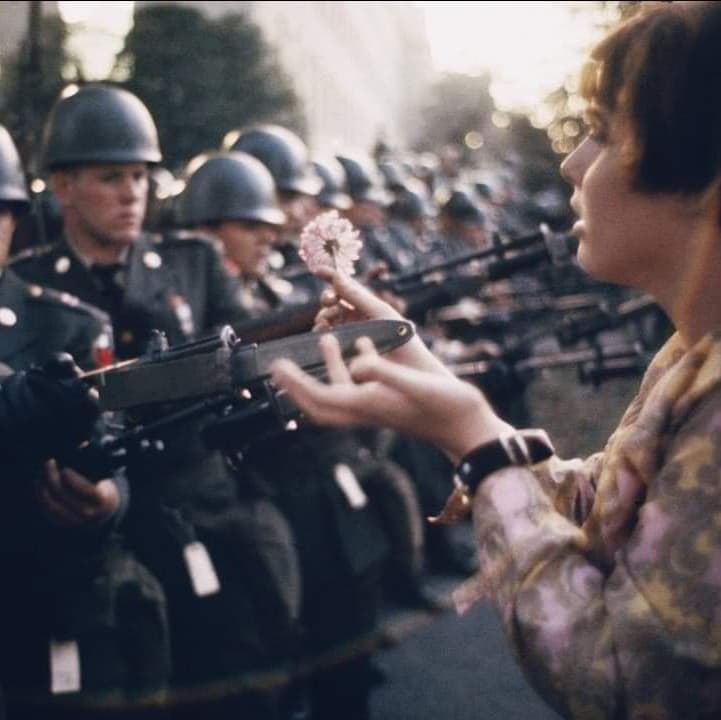

 RSS Feed
RSS Feed